Bosch dishwasher errors
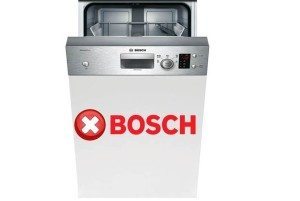 The self-diagnosis system for faults in Bosch dishwashers is invisibly present in every modern model of such equipment. The user does not encounter such a system as long as the machine is operating normally; as soon as a breakdown occurs, Bosch dishwasher error codes appear on the display. Depending on the breakdown, these errors may appear one after another, or only one specific error will appear on the screen; in any case, to deal with the problem, you need to decipher the error code.
The self-diagnosis system for faults in Bosch dishwashers is invisibly present in every modern model of such equipment. The user does not encounter such a system as long as the machine is operating normally; as soon as a breakdown occurs, Bosch dishwasher error codes appear on the display. Depending on the breakdown, these errors may appear one after another, or only one specific error will appear on the screen; in any case, to deal with the problem, you need to decipher the error code.
Problems with water heating
It is more convenient to consider the decoding of fault codes for Bosch dishwashers in two ways: in a table or within the classification. We decided that it would be more convenient to divide them into groups according to the nature of the breakdowns, and only then consider the decryptions as if in interrelation. After all, as already mentioned, a system error does not always “come to the user alone.” Let's start looking at error codes and you will understand our idea.
We labeled the first group of system errors as “problems with water heating.” This group includes the following codes:
- E01 (or F01);
- E2 (or F2);
- E09 (or F09);
- E11 (or F11);
- E12 (or F12).
Note! In some models of Bosch dishwashers, the letter E of the error code is replaced by the letter F, and the number is the same.
E01 (or F01). The contacts of the heating element are damaged or the integrity of the heating element circuit is broken. If this error appears on the display, there is a high probability that the heating element has burned out and will have to be replaced. In any case, start checking with the heating element. The temperature sensor must be checked along with the heating element.
E2 (or F2). This system error may appear alternately with the error E01. In this case, it indicates a malfunction of the water temperature sensor. In this case, the heating element will work at full power all the time, since no information will be received from the temperature sensor. To verify the cause of the malfunction, you need to measure the resistance of the temperature sensor contacts with a multimeter (it should be approximately 50 kOhm)
 E09 (or F09). This code indicates problems with the flow-through heating element. E09 appears on those dishwasher models where the heating element is located in the depths of the circulation pump. The error can be corrected by replacing the heating element, but first you need to diagnose the unit using a multimeter and make sure that it is faulty.
E09 (or F09). This code indicates problems with the flow-through heating element. E09 appears on those dishwasher models where the heating element is located in the depths of the circulation pump. The error can be corrected by replacing the heating element, but first you need to diagnose the unit using a multimeter and make sure that it is faulty.
E11 (or F11). The code indicates that power is not supplied to the temperature sensor, or the connection between the control module and the temperature sensor is broken. This error also indicates an impressive list of reasons, so you will have to check one by one:
- temperature sensor contacts;
- the wiring coming from the temperature sensor for damage;
- control module contacts.
E12 (or F12). This code is displayed on some models of Bosch dishwashers if too much scale or dirt has accumulated on the heating element. Sometimes after rebooting the dishwasher, instead of code E12, code E09 appears, but in any case it points to the same problem.
Important! In some “dishwashers” the heating element can be removed, cleaned, and then installed again and it will work perfectly.
Problems with draining and filling water
Malfunctions related to water heating are relatively rare, but error codes informing about problems related to draining and filling water can be found much more often. We list the codes associated with such malfunctions.
- E3, F3;
- E5, F5;
- E8, F8;
- E16, F16;
- E17, F17;
- E21, F
Code E3 or F3 stops the dishwasher if water cannot be drawn within a specified period of time within the program being executed. In this case, in modern dishwasher models, the water first drains itself, and then error E3 or F3 appears on the display. If the Bosch dishwasher model was released 7-10 years ago, then it may happen differently - the unit will first give an error and then wait for the water to fill up. What can be done in this case?
- Check the presence of water in the water supply.
- Check that the filters installed in front of the inlet hose and at the inlet of the dishwasher are not clogged.
- Check the functionality of the fill valve.
- Check whether the water level sensor is working or not.
- The last thing you can do is check whether the pump is working, since in rare cases such an error occurs because of it.
E5 or F5. The dishwasher reservoir is full of water. This error occurs when the dishwasher fills more water than necessary, and the water level sensor cannot stop this process in time. This means that there are problems with the water level sensor and you need:
- check whether dirt has accumulated in the water level sensor tube;
- whether the contacts or wiring supplying the sensor are burnt;
- Are there any problems with the fill valve? Perhaps for some reason it does not close completely, and water continues to flow.
Important! In rare cases, a similar error is caused by a malfunction in the dishwasher control unit. In this case, you need to contact a specialist.
 E8 or F8. This error may be adjacent to another similar error - E3 or F3. The reason is still the same, the “dishwasher” is not able to get the required amount of water into the pan. This leads to the fact that the circulation pump cannot turn on and work, like the heating element itself. To find the cause, follow all the steps necessary to resolve the E3 or F3 error described above.
E8 or F8. This error may be adjacent to another similar error - E3 or F3. The reason is still the same, the “dishwasher” is not able to get the required amount of water into the pan. This leads to the fact that the circulation pump cannot turn on and work, like the heating element itself. To find the cause, follow all the steps necessary to resolve the E3 or F3 error described above.
E16 or F16. Errors with these codes occur when the dishwasher is unable to shut off the flow of water into the reservoir. Simply put, there is an uncontrolled self-filling of water into the washing machine. Most often, this error appears if debris with tap water has gotten into the inlet valve and does not allow it to close, so water constantly leaks through it, even if the dishwasher is turned off. What is needed to resolve error E16?
- Check the fill valve and clean it.
- Check the water level sensor (only if water does not flow by gravity when the machine is turned off).
- Check for excess foam from the detergent (if the error occurred during the dishwashing process).
E17 or F17. This code indicates problems with the water inlet into the dishwasher. This error is narrow-profile and most often means that the inlet valve closes with difficulty or cannot close at all due to excessive water pressure. Sometimes such an error can occur due to water hammer, in this case there is no need to do anything, restart the dishwasher and it will work normally.If the pressure in the water supply is always too high, you need to partially shut off the water supply to the riser pipes.
For your information! In rare cases, when errors E17, F17 appear, you need to check the sensor that measures the amount of water supplied.
E21 or F21. This code appears on the display if there are problems with the dishwasher pump and it refuses to drain water. When this error appears, power is supplied to the pump, it interacts normally with the control unit and sensors, but it still does not perform its function. What could have happened?
- The impeller is jammed and does not rotate (possibly due to foreign objects wrapped around it);
- The rotor is stuck to the walls of the bushing, it needs to be cleaned and lubricated (in this case, error E21 may be adjacent to error E22);
- The pump mechanism is worn out and needs to be replaced.
Problems with clogs
Errors that are associated with blockages of various natures occur most often in Bosch dishwashers. Typically, blockages occur when the user neglects to clean the dishes from food residues before placing them in the washing baskets. What system errors are associated with blockages?
- E07 or F07;
- E22 or F22;
- E24 or F24;
- E25 or F25.
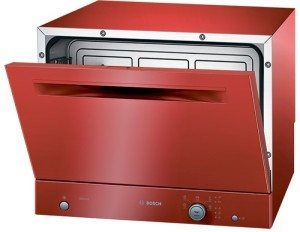 E07 or F07. A streamlined decoding of this code sounds like “the hole through which water is pumped is plugged.” This could mean the following. The dishes are not stacked correctly; one of the items has blocked the hole through which water is pumped out of the dishwasher hopper. Or the suction hole is plugged with a piece of sewage.
E07 or F07. A streamlined decoding of this code sounds like “the hole through which water is pumped is plugged.” This could mean the following. The dishes are not stacked correctly; one of the items has blocked the hole through which water is pumped out of the dishwasher hopper. Or the suction hole is plugged with a piece of sewage.
E22 or F22. This error indicates that one of the dishwasher filters is dirty, or there are problems with the pump (if the rotation of the impeller is difficult). Error E22 for a Bosch dishwasher, is described in more detail in the article of the same name on our website.
E24 or F24. Error F24 has a simple and clear interpretation - the drain hose is bent or clogged, the sewer is clogged, or the siphon drain is blocked. But in fact, error E24 can occur for the most unexpected reasons. By the way, it may well be adjacent to error E22. Error E24, is well described on our website in an article with the appropriate title, so we will not repeat it.
E25 or F25. This error occurs when the pump pipe or drain hose at the very base becomes clogged. That is, the power of the drain pump is not enough to push through dirty water, the sensors signal this to the control unit, and it, in turn, displays error E25 and stops the operation of the dishwasher. The solution to the problem is to clean the pipe and drain hose from blockages and check the pump impeller.
Note! It happens that error E25 is adjacent to error E22, that is, when the machine is rebooted, either error E25 or error E22 appears. In this case, you need to check how freely the pump impeller rotates.
Problems with water sensors and switches
The dishwasher is equipped with a fairly large number of different sensors that help monitor and manage the processes of implementing dishwashing programs. When these sensors fail, the self-diagnosis system recognizes this and displays the following errors on the display of the Bosch dishwasher:
- E4, F4;
- E6, F6;
- E14, F14;
- E15, F
Let's start with error E4 or F4. It means that the sensor controlling the pressure and flow of water supplied to the sprinkler does not perform its functions. It is either faulty or cannot work properly due to a blockage.It often happens that because of hard water, the sprinkler nozzles become clogged, water begins to flow through them poorly, and this leads to error E4 or F4.
E6 or F6. The water purity sensor has failed. This is a special sensor that monitors the quality of water in the dishwasher, which is located next to the heating element. Sometimes it is possible to give it a second life by changing the burnt contacts, but in 95% of cases it must be replaced.
E14 or F14. The sensor that controls the amount of water entering the dishwasher is not working properly. Only a specialist can solve this problem; perhaps this sensor requires replacement.
E15 or F15. This error is displayed on modern dishwashers equipped with the Aquastop system if there is a leak. Do the following:
- inspect the dishwasher tray for leaks;
- inspect the hoses;
- inspect other elements for leaks.
Electrical problems
 Due to the presence of a large number of sensors, a modern dishwasher has quite complex electrical systems. It is enough for a terminal to burn out or one of the many wires to fray, and you will receive one of the following errors:
Due to the presence of a large number of sensors, a modern dishwasher has quite complex electrical systems. It is enough for a terminal to burn out or one of the many wires to fray, and you will receive one of the following errors:
- E01, F01;
- E27, F27;
- E30, F
E01 or F01, as well as E30 or F30. These errors indicate a malfunction in the electrical or electronics of the dishwasher. First of all, it needs to be rebooted from the “on/off” button and the error is most often eliminated. If the error repeats many times, you need to turn off the device and call a technician to avoid new problems.
Important! You can try to find the cause of the problem yourself, but then you will have to look through all the wiring and terminals, and this is scrupulous and unpleasant work and it is not a guarantee that you will be able to find the fault.
E27 or F27. If you connected the dishwasher directly to the mains, then you may have to deal with error E27. The fact is that voltage surges that periodically occur in the network can have a serious negative impact on electrical appliances, even causing them to fail. Therefore, if you often encounter error E27 on a Bosch dishwasher, connect it to the network via a voltage stabilizer and the problem will be solved.
In conclusion, we note that the impressive number of error codes that make up the self-diagnosis system for dishwasher malfunctions are needed not to fray the user’s nerves, but to help him deal with the problem of a threatening “home assistant” in a timely manner. Study the decoding of the code you need, and we hope you will be able to find and fix the problem on your own. Good luck!
Interesting:
3 reader comments


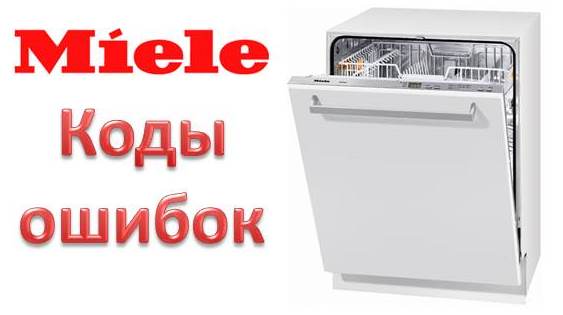
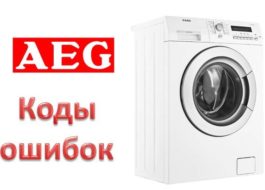
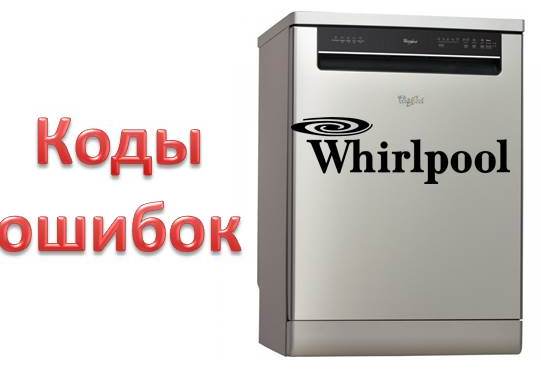
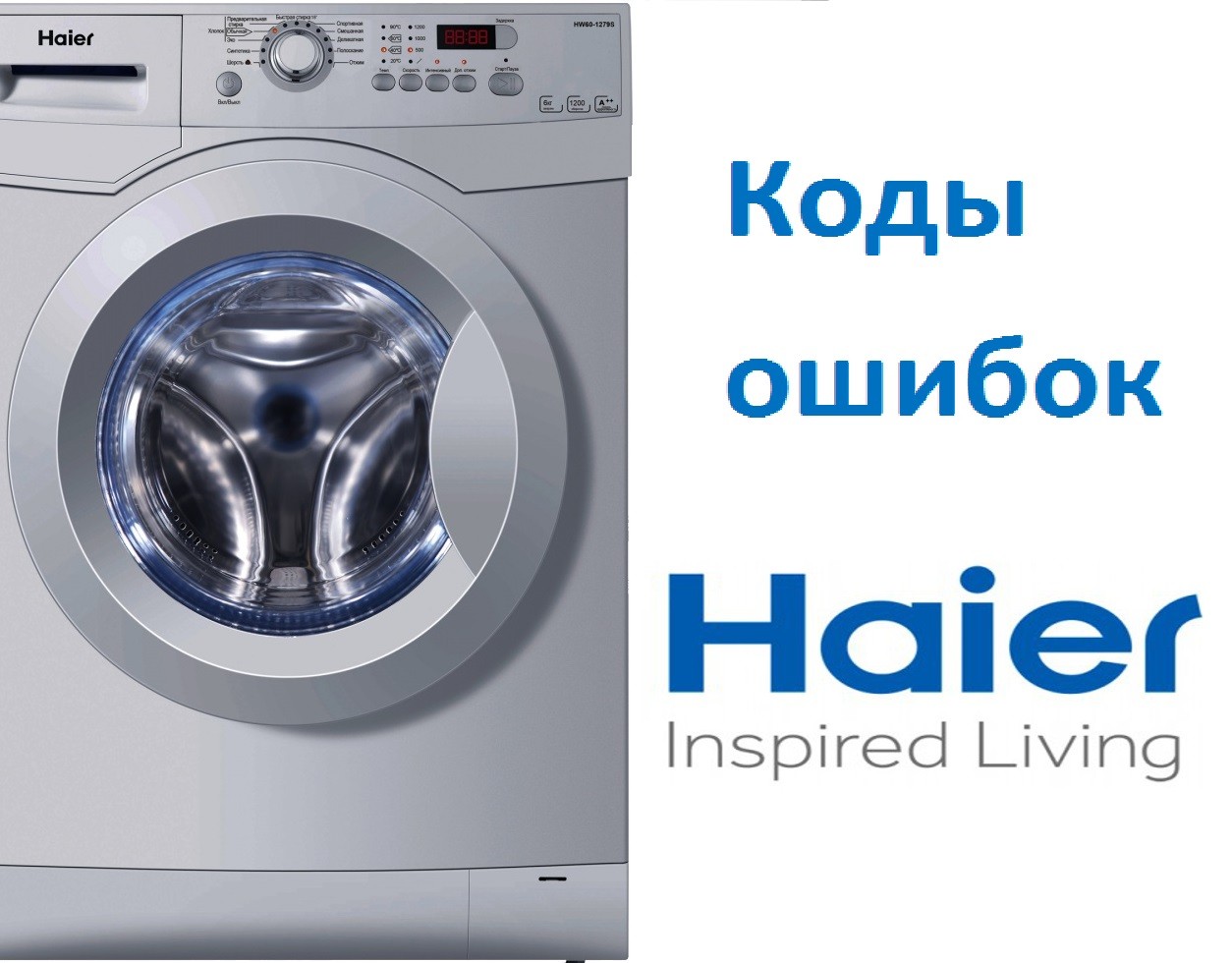
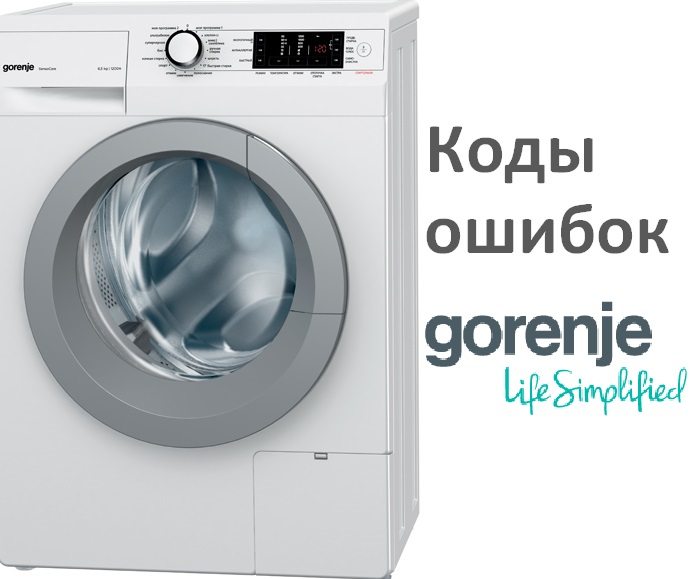














Error e18
Error C7 pmm Bosch.
Don't have an answer to error E19?